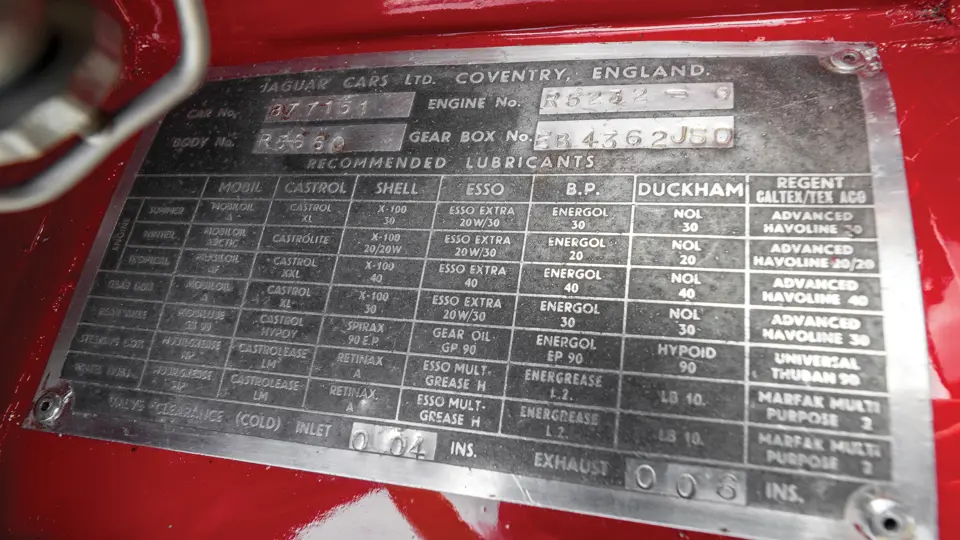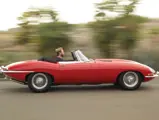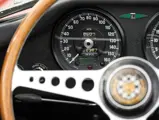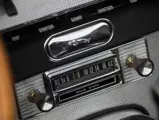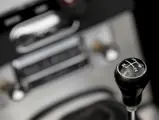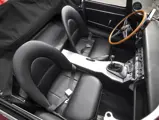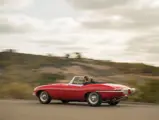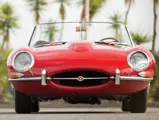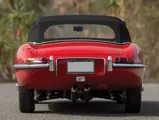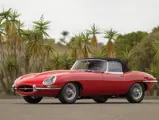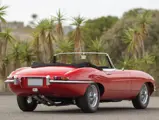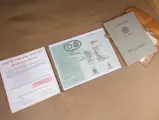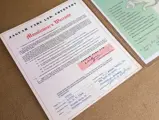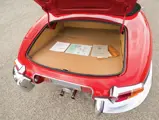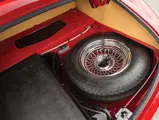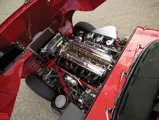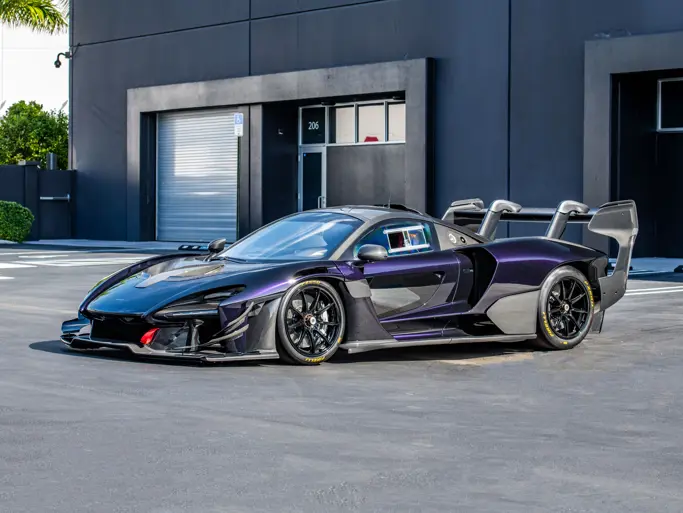265 hp, 3,781 cc DOHC six-cylinder engine with three SU carburetors, four-speed manual gearbox, independent front suspension with double wishbones, torsion bars, and a sway bar, independent rear suspension with coil springs, double wishbones, and a sway bar, and four-wheel hydraulic disc brakes. Wheelbase: 96 in.
The launch of the Jaguar E-Type at the Geneva Motor Show in May 1961 is the stuff of legend. Factory driver Norman Dewis piloted a brand-new coupe 610 miles overnight from London to Switzerland for the launch. The car was such a sensation that another had to be shipped over for display, as Dewis was busy giving rides to the press. Fifty-four years later, an E-Type will still draw a crowd on a busy street.
Aircraft designer Malcolm Sayer penned the original monocoque D-Type, which won the 24 Hours of Le Mans three times between 1955 and 1957, but Jaguar boss Sir William Lyons was concerned that the new technology had not really been passed down to street cars, so he directed Sayer to come up with a brand-new car. This car was the E-Type, and it delivered a combination of startling performance and stunning good looks at a bargain price. It was also the first Jaguar road car not designed by Lyons himself.
At introduction, the convertible’s $2,454 MSRP was $1,500 less than a Chevrolet Corvette and almost $20,000 less than a Ferrari 250 GT. The E-Type’s covered headlights and dainty taillights were key elements in the overall elegance of design that has seldom been matched in the automotive industry, including by Jaguar itself.
The E-Type’s technology was cutting-edge. The car had independent suspension on all four wheels, with torsion bars up front and coil-over shocks at the rear. Steering was rack and pinion, and the brakes were four-wheel Dunlop discs, with the rear brakes inboard by the differential. The body was a monocoque back from the firewall, with huge boxed sill and cross braces. In front, a tube sub-frame bolted on to the firewall carried the engine, which was located in the front suspension. The elegant bonnet tipped forward for unparalleled engine access.
The E-Type was powered by the 265-horsepower engine with triple SU carburetors from the XK150 S, and it was good for 150 mph, partly due to the superior aerodynamics, which also made the cars quiet at speed. Running changes were made in the early cars so that only the first 300 had flat floors, which didn’t leave the driver much room to “heel and toe.” The first cars also had a welded louver panel on each side of the hood, which were later stamped directly. After 500 cars, the bonnet latches were moved inside.
Surprisingly, although the E-Type was shorter than the XK150 it replaced, the cockpit was more spacious. The driver faced the speedometer and tachometer directly (just like the new Mark 2 Sedan), and a center binnacle carried additional gauges, which were located above the signature row of toggle switches.
The 1962 Jaguar Series 1 3.8 Roadster on offer was recently restored by marque specialists in California. This E-Type was primarily a western car, with documented limited ownership and numerous original service receipts to support this. It was restored in its original Carmen Red and black interior, which was matched with a new black convertible top made by trimmers in Classic’s upholstery department. They also installed new interior panels, new carpeting, and new leather on the seats.
The E-Type also received an overhaul of its major systems and components, with the upgrades including a new radiator header tank, a new exhaust system, a new hydraulic system, and much more. To improve performance, it received an electronic ignition system and gear reduction starter, as well as an aluminum radiator. The E-Type's instruments were restored, and the electrical system was serviced or restored where necessary. The car also retains its original AM radio, which is in perfect working order. A Jaguar Daimler Heritage Certificate accompanies the car, along with a DVD of the restoration process.
With an exceptionally well-maintained history and highly collectible status amongst collectors, this example is an excellent choice for the Jaguar collector seeking an early E-Type in a fabulous color combination that they can show, drive, and enjoy.

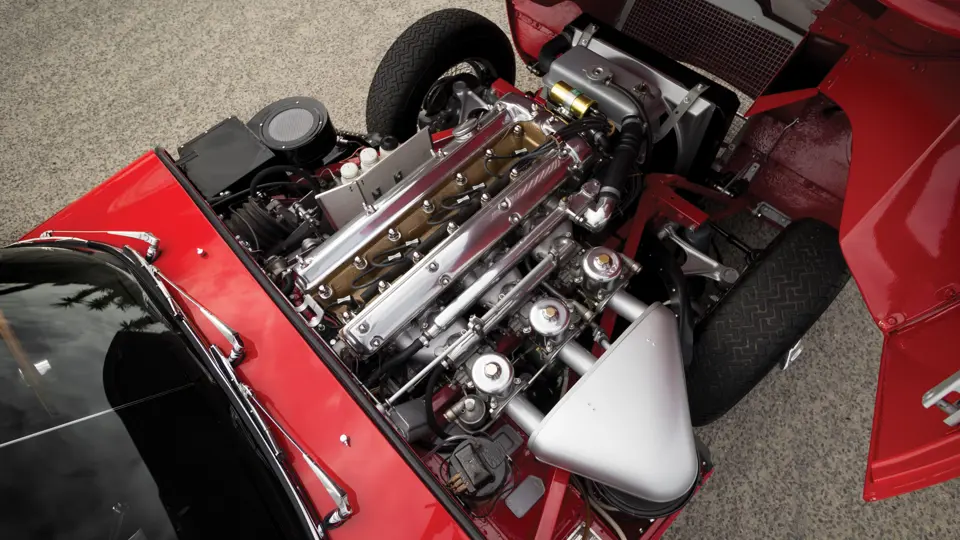
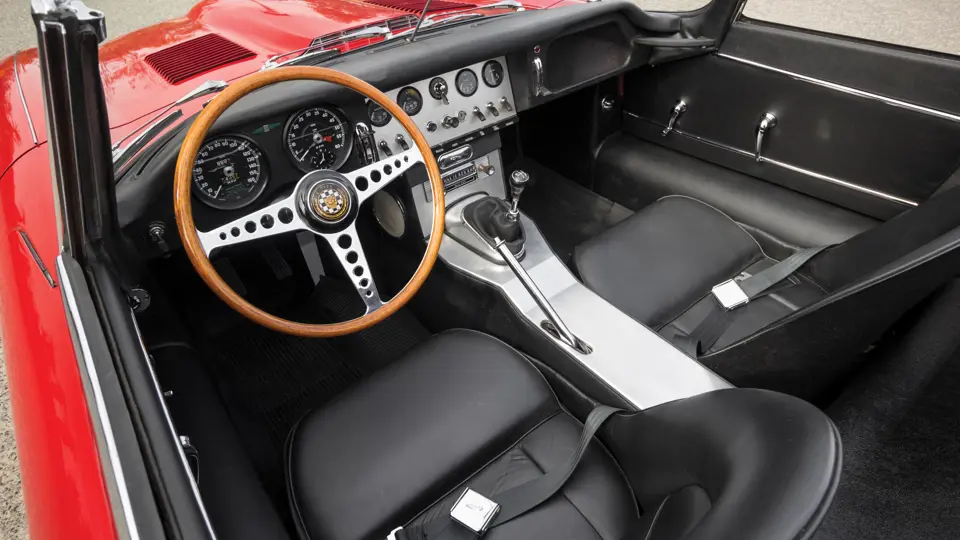


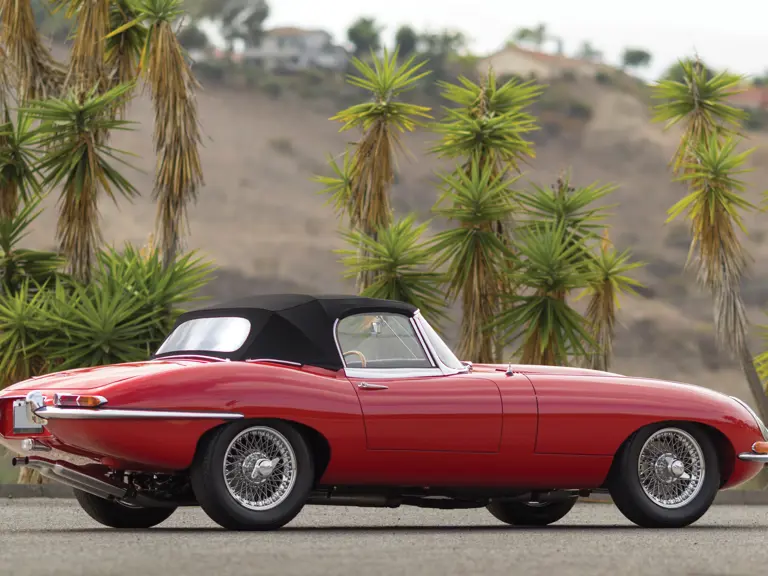
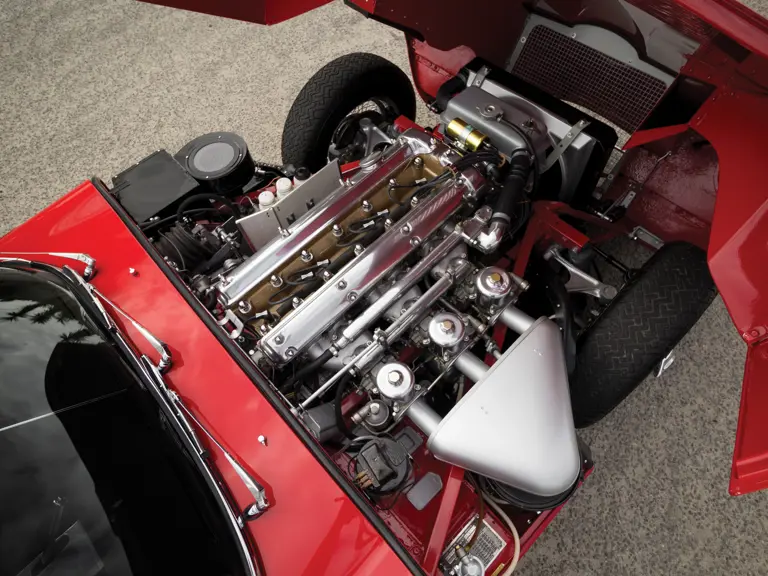
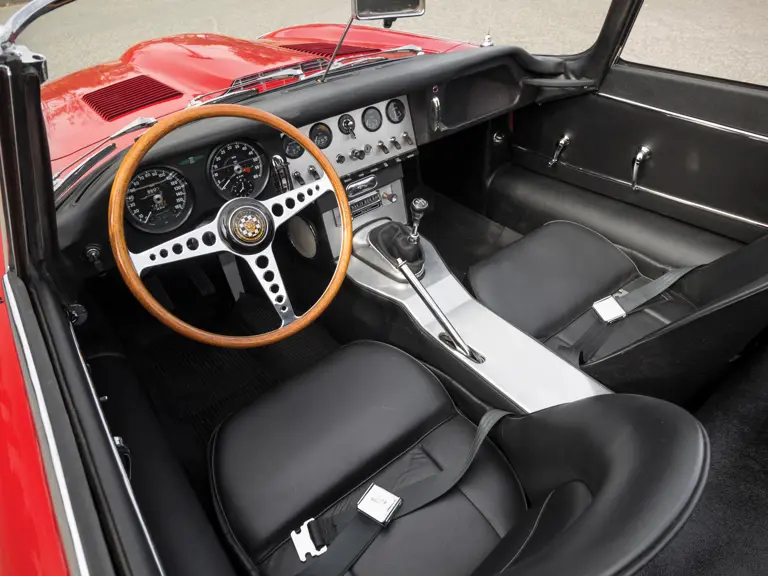
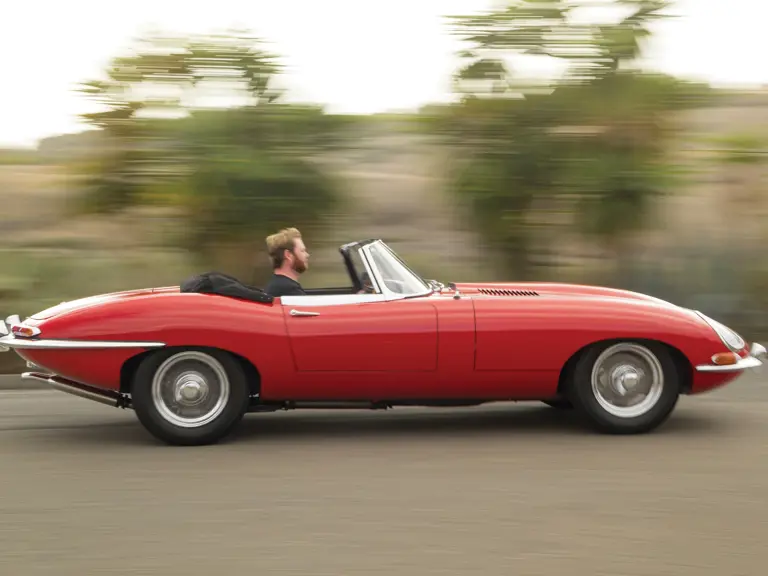
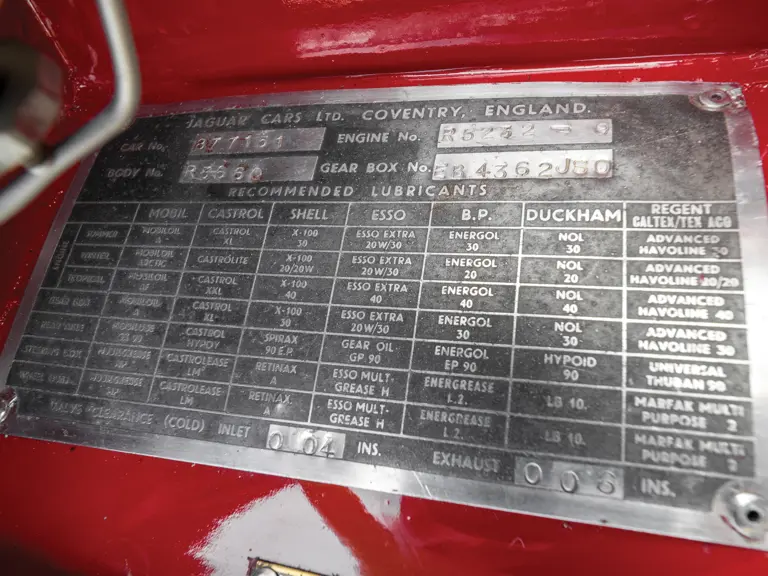
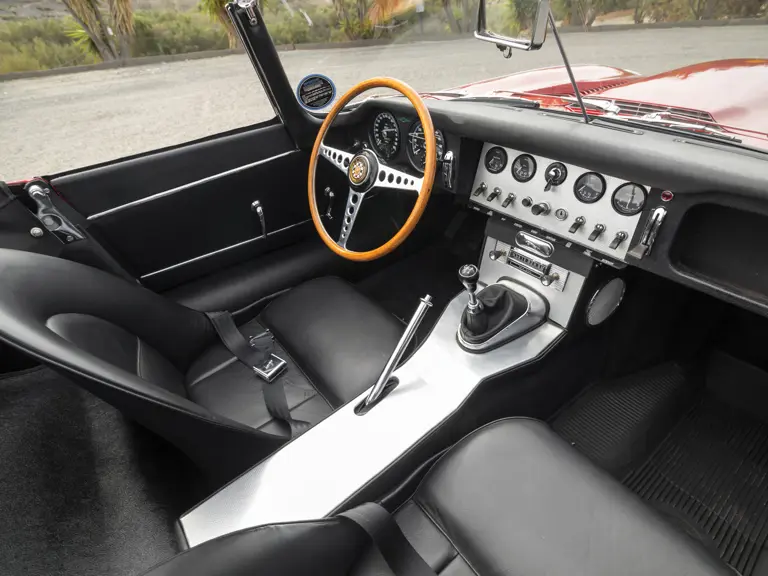
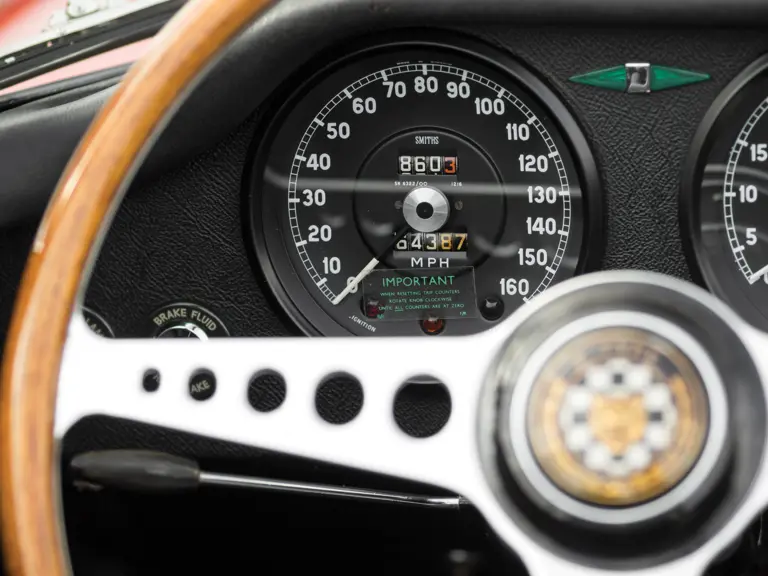
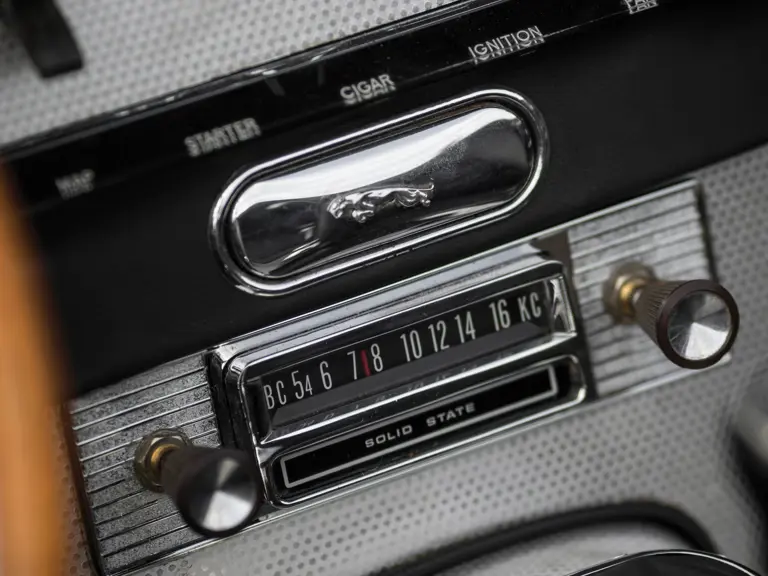
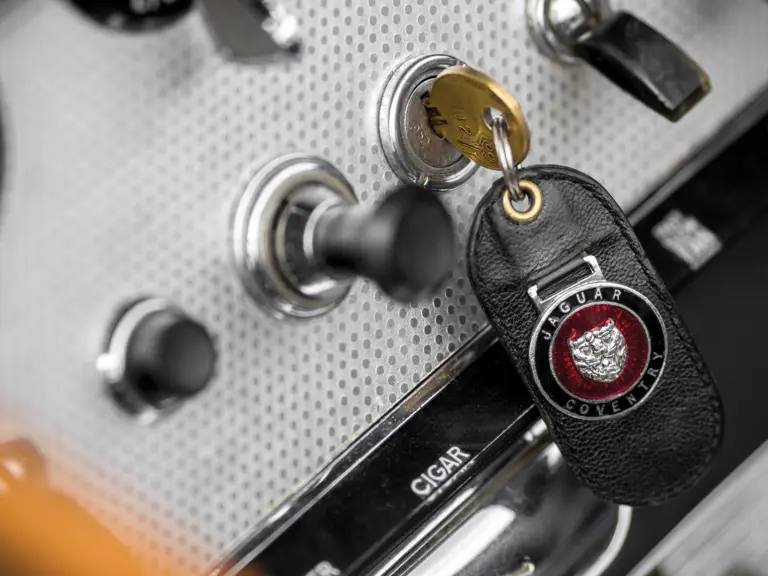
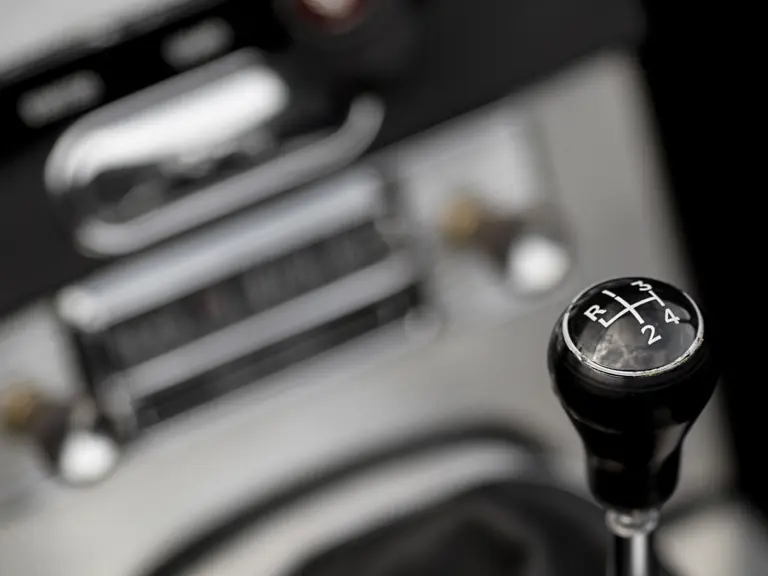

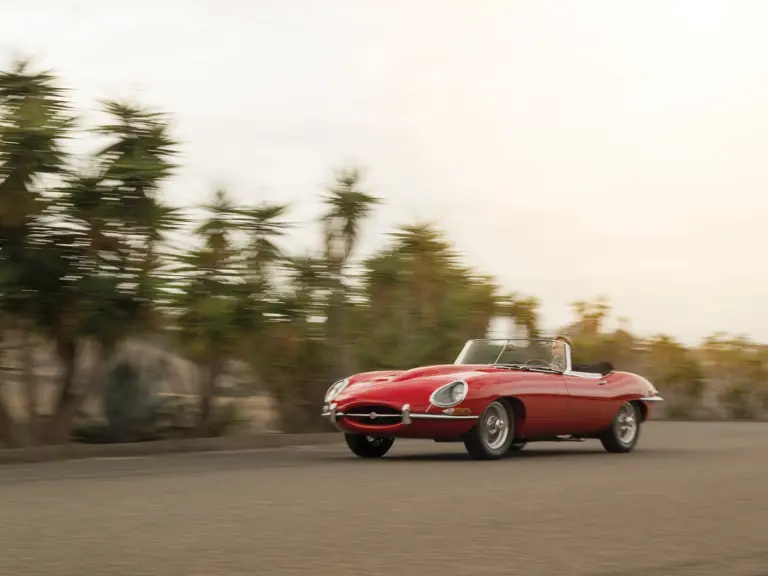
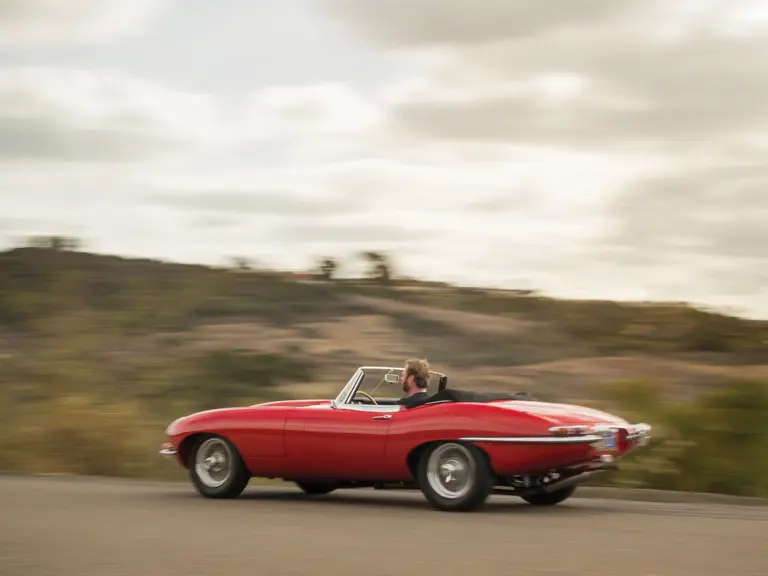



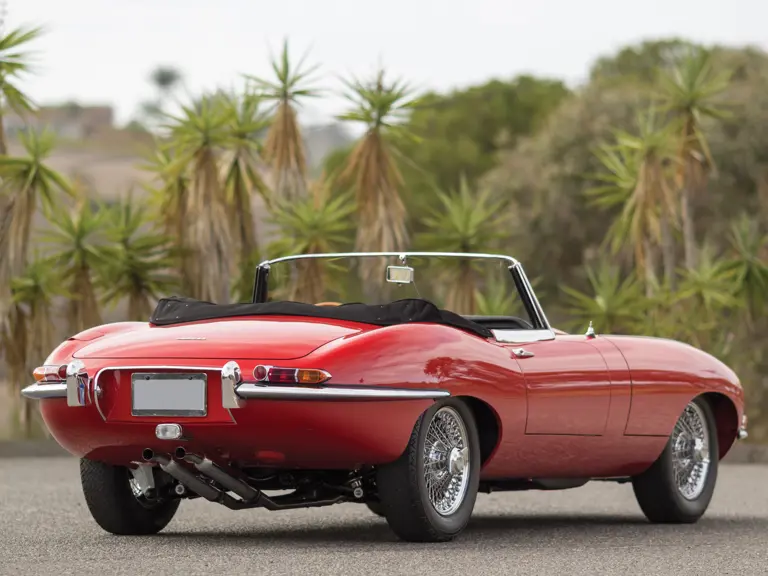
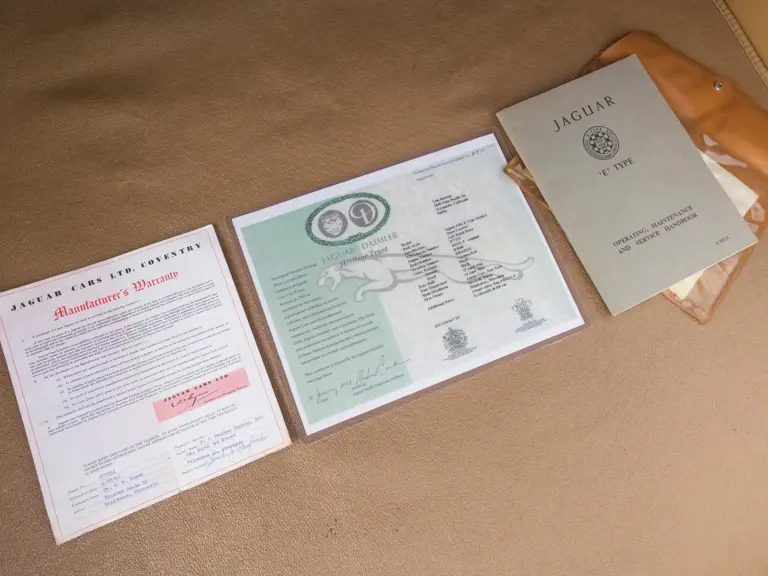
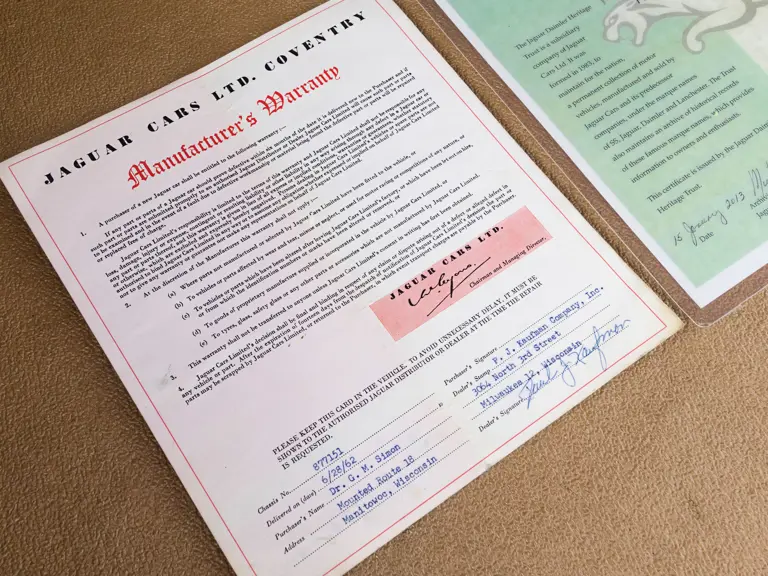

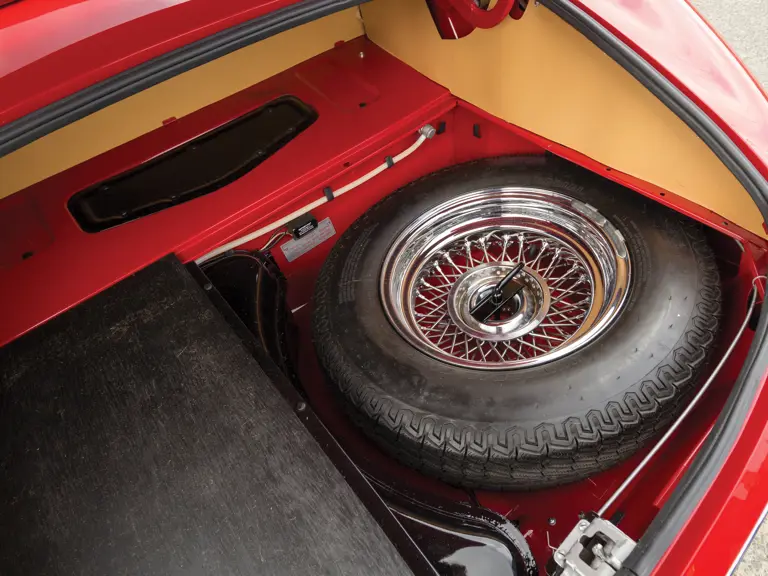
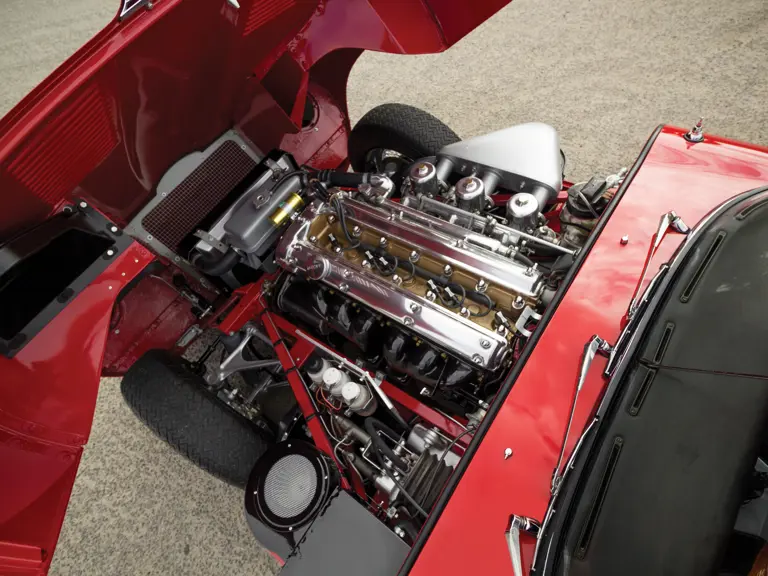
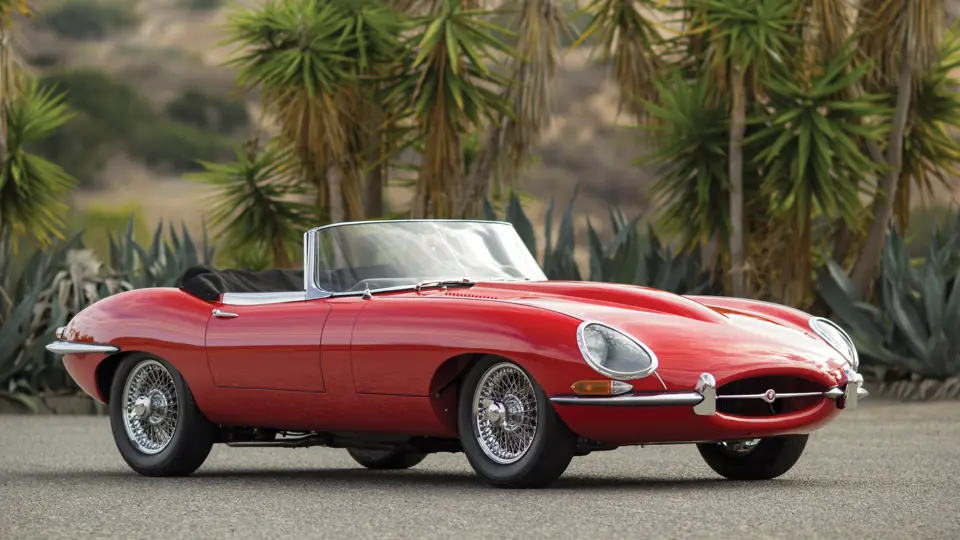
 | Phoenix, Arizona
| Phoenix, Arizona

